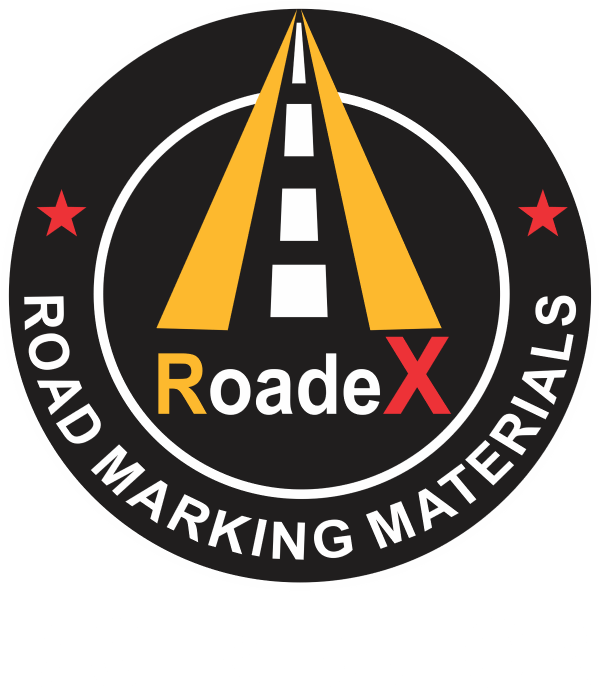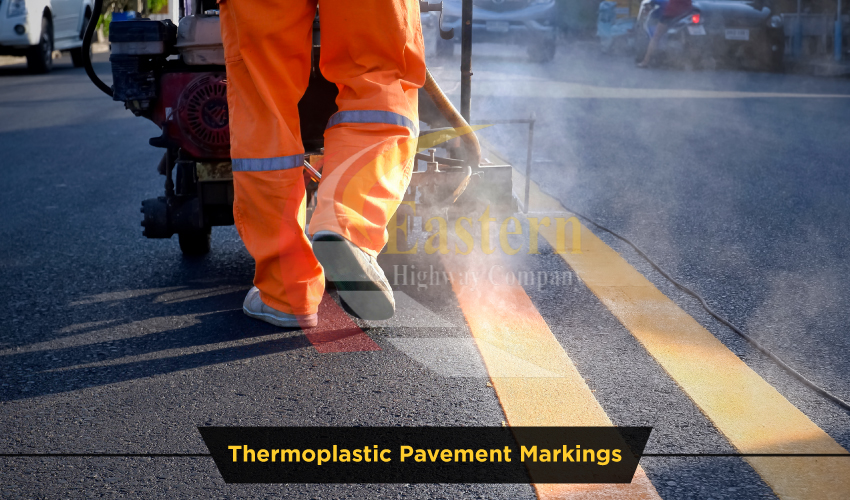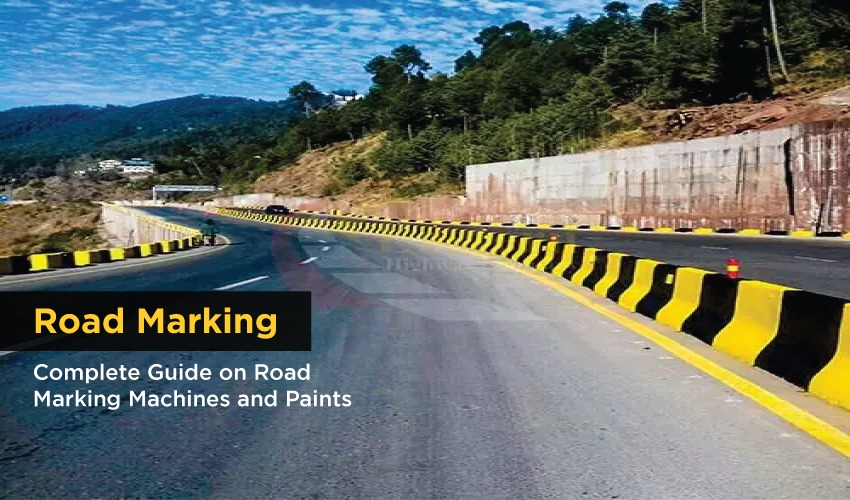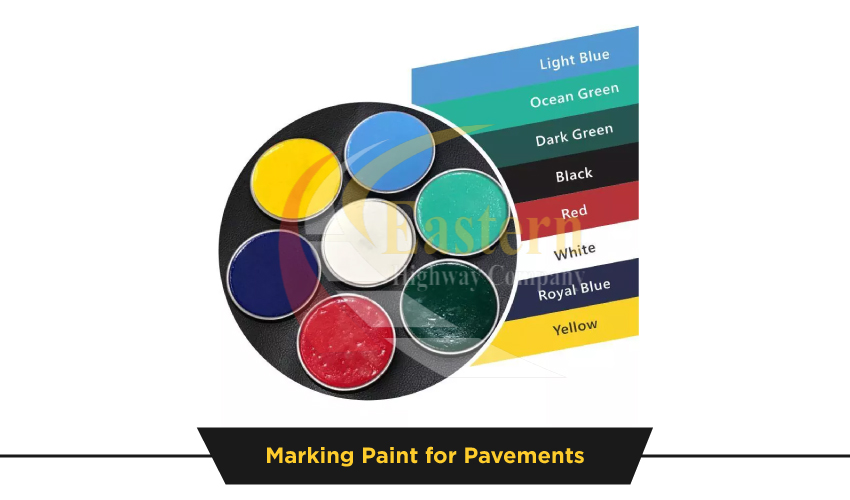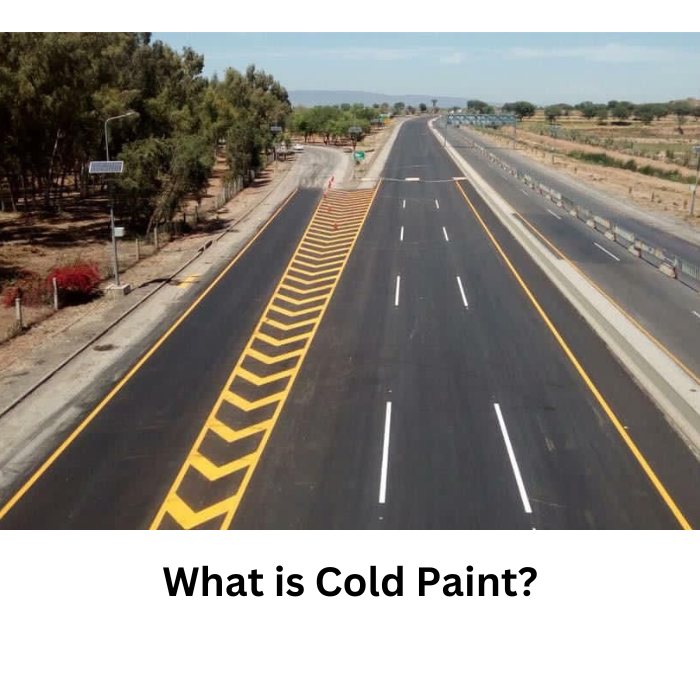Thermoplastic pavement markings are a special-formulated polymer that changes into liquid after exposure to extreme temperatures, precisely 392 degrees Fahrenheit.
When they cool or dried, the professionals in their field’s thermoplastic pavement markings change to solid. Due to this, they’re employed in a variety of industries around the world.
For instance, in cases that require machinery components as well as equipment. Consumer items are packaging medical devices, instruments storage materials, and roads and road security.
Apparatuses of Thermoplastic Pavement Markings
Thermoplastic Pavement Marking comprises glass beads pigments, packing material, and additives.
Synthetic Resins
Synthetic resins have thermoplasticity. They make the hot melt coating quick-drying and adhere to the road surface.
Paint Additives
Paint additives can enhance the layer’s flexibility and help make it more resistant to subsidence, pollution, and faded color.
Pigments
The most common dyes used for road lines are white and yellow. White pigments consist of zinc oxide, titanium dioxide, and lithophone. Yellow coloring is mainly resistant to heat.
Packaging Material
Materials for packing, such as fillers in the paint, guarantee durability, wear resistance, as well as the color of the coating. The size of the particles will impact the liquidity and precipitation and the process of processing on the surface.
Glass Beads
Glass Beads are incorporated to increase the visibility of lines at night and the durability and brightness of the mark. Glass bead is transparent and colorless. It is a function for reflection of light, focusing, and directionally reflecting.
Glass beads mixed into the coating or distributed throughout the coating’s surface will reflect the car’s light back at the driver’s eye, significantly improving the visibility of markings.
Types of Thermoplastic Pavement Markings
The most well-known types of thermoplastic pavement markings made with thermoplastic pavement paints include:
- Handicap Spaces
- Parking Spaces
- Reserved Parking Spaces
- Arrows for Directing Traffic
- STOP Markings
- Emergency/Fire Lanes
- Crosswalks
- NO PARKING Zones
- Bus Lanes
- SLOW Zones
- Bollard Posts
- Loading Docks
- Mobility Ramps
- Bike Lanes
- Curbs and Steps
Alongside their lasting endurance in terms of durability and resistance to wear.
Many homeowners appreciate thermoplastic pavement markings due to their reflective nature and brightness. They also provide an impressive quality of appearance contrasted with regular pavement paint.
The most significant benefit is that this hot melting marking material dries fast and can be walked or driven on in minutes.

Hot Melt Thermoplastic Pavement Markings
To ensure road safety and paving applications, thermoplastic pavement markings could be used as paints, frequently known as marks that melt hot. As we mentioned, the color is heated to a temperature of 392 Degrees Fahrenheit.
This is the minimum temperature for thermoplastic marking paints to change into a liquid. When it becomes liquid, Traffic Engineers can apply it to various grounded flat surfaces like roads and parking lots, roads and roads.
For numerous markings on the pavement, Templates, cut-outs, and stencils are used to create the desired sign and mark the direction or sign. Once the paint has been applied, it is allowed to cool completely and set. The stencil is removed, resulting in durable, wear-resistant marks that will last a long time if you follow regular pavement maintenance.
3 Benefits of the Thermoplastic Pavement Markings
Enhanced Safety
The primary advantage that thermoplastic pavement markings offer is added security. Thermoplastic markings are highly reflective. This allows for optimal visibility during the darkest nights and even during storms with low visibility.
Utilizing multiple layers to create rumble strips can alert motorists of imminent dangers or the necessity to reduce speed, leading to safer walking zones for pedestrians and fewer collisions.
Highly Durable
Thermoplastic pavement markings can last longer than standard traffic paint. This type of longevity allows maintainers and owners of businesses more time between applications. Additionally, the markings on the pavement appear stunning.
The long-lasting durability is the second benefit of Thermoplastic markings.
Cost Effective
They are much more long-lasting and durable than standard traffic paint. It also means they’ll require replacement less often. This is why it’s the most cost-effective choice for business owners.
The main benefit of thermoplastic markings is an advantage that is not only for business owners but also for pedestrians, cyclists, and motorists.
Best Pavement Marking Materials Used
Based on the previously discussed, specific pavement markings work best for certain projects. Certain kinds are more commonly employed than others.
Here are the top suggested solutions for four typical paint jobs for Traffic:
Paints for Parking Areas
When considering possibilities for your parking lot project, make sure to pick a long-lasting Parking lot line paint. Water-based paints provide various benefits that make them the best option for parking lot paint.
They offer a low-cost, fast-drying, and environmentally-friendly alternative. Since most parking lots aren’t subject to the abrasive effects of raceways or highways, this is usually the most popular choice for painting parking lots.
It’s important to remember that extreme weather conditions could be an exception to this rule for instance, the colder regions experience cold winter temperatures.
Highway Paints
For use on highways, you’ll need the most durable paint that can withstand high speed and heavy usage. Thermoplastic and epoxy are your most effective options as they provide a stable, long-lasting result that can outlast other alternatives.
Paints Used for Backroads
While some may say that backroads don’t require paint, they must comply with traffic laws. Because they’re not as frequent back roads, they don’t need pavement markings to be as long-lasting.
Water-based paints are typically sufficient. However, be aware of reflectivity issues. Back roads are naturally not illuminated compared to main roads, and reflectivity is a critical safety element.
Check with your contractor to ensure that they are testing reflectivity and are using proper glass beads at the appropriate specification rates to achieve the highest reflectivity. Check your state regulations to find these rules.

How to Choose the Right Type of Pavement Marking Material?
What is the next project on your schedule?
The various variables involved in the project will determine the kind of pavement markings to select. Technological advancement has created many beautiful options that range from highway lines and parking lot coatings to pavement markers made of thermoplastic.
One can choose from many choices based on the specifics of their project and the outcome they want.
How can you determine which is the best option?
Begin by studying the different thermoplastic pavement marking materials to familiarize yourself with the available options.For more Details read Complete Guide on Road Markings




